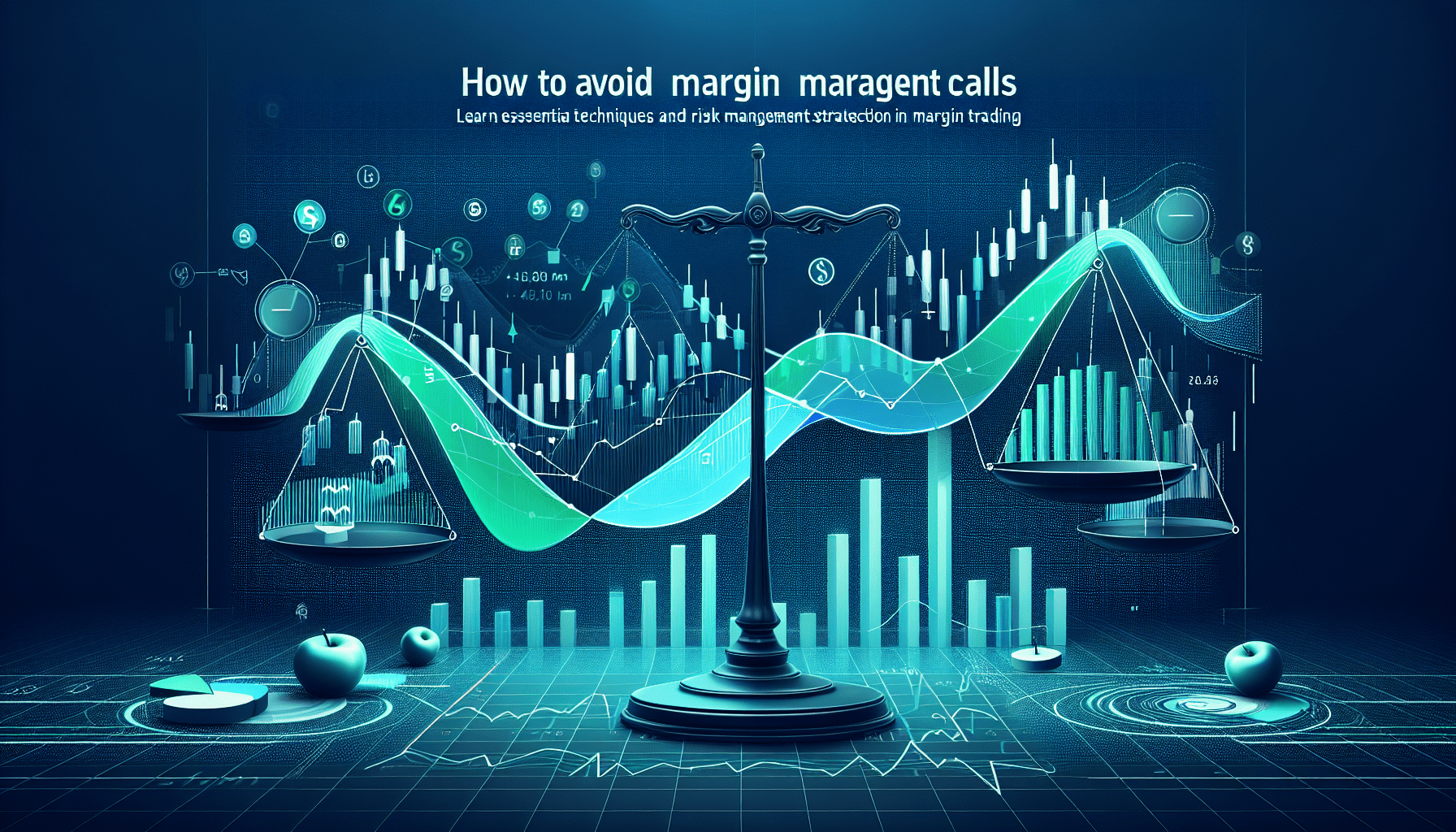How to Avoid Margin Calls: Prop Trading Strategies & Tips
For prop traders, managing margin is not just about preserving capital—it’s a critical component of risk management and trading success. In this comprehensive guide, we delve into how to avoid margin calls while optimizing your prop trading strategies. Whether you’re a seasoned trader or new to the world of proprietary trading, the following insights, tools, and techniques are designed to empower and educate you on managing margin effectively.
Introduction to Margin Calls in Prop Trading
Margin calls occur when a trader’s account does not have enough funds to cover potential losses, leading to forced liquidation of positions. In the high-stakes world of prop trading, this can jeopardize your trading capital and strategy execution. In this article, we will cover the best practices to prevent margin calls in stock trading, forex, and other asset classes.
Understanding the Basics
Margin requirements are set by brokerages and influence the amount of leverage available to traders. When market movements go against your positions, you might face a margin call. It is therefore critical to manage your margin carefully, using stop-loss orders, position sizing, and risk management strategies.
This post integrates robust risk management techniques with actionable strategies for prop trading professionals.
This promotional image emphasizes the importance of visualizing risk management in prop trading, showcasing key metrics that can help in avoiding margin calls.
Advanced Strategies to Prevent Margin Calls
The journey to avoiding margin calls in prop trading involves integrating sound strategies and using the right tools. In this section, we explore actionable steps that every prop trader can implement:
1. Rigorous Risk Management Practices
Focus on setting strict risk parameters for every trade. Here are some key practices to consider:
- Stop-Loss Orders and Take-Profit Levels: Define clear stop-loss levels to cap potential losses. Use tools like MetaTrader 4/5, which offer advanced charting and automated stop-loss features. Reliable for both forex and stock trading, this platform helps maintain discipline and control over your trades.
- Position Sizing: Limit exposure by determining an appropriate percentage of your account at risk per trade.
- Diversification: Spread risk across different assets and markets to prevent one position from affecting overall equity drastically.
2. Employing Automated Backtesting Tools
Before live trading, test your strategies using robust automated backtesting tools. These platforms help refine your system and validate risk management strategies:
- TradingView: An excellent choice for both beginners and professionals, TradingView offers comprehensive charting tools, social networking features, and a community-driven library of scripts.
- NinjaTrader: Known for its advanced backtesting and simulation features, NinjaTrader is ideal for futures and forex trading, allowing you to test and adjust strategies without risking capital.
- QuantConnect: This cloud-based algorithmic trading platform enables backtesting using Python and C#, making it well-suited for quantitative prop trading strategies.
3. Regular Monitoring and Adjusting Strategies
Markets are always evolving, and so should your risk management techniques. Regularly review trade performance and adjust stop-loss, take-profit, and position sizing strategies as needed. Seek to understand market volatility by consulting multiple data sources and analytical tools.
Comparing Essential Prop Trading Platforms
Here is a comparison table outlining some of the key prop trading and automated backtesting platforms:
| Platform | Strengths | Best Use Case |
|---|---|---|
| TradingView | User-friendly, extensive script library, social integration | Charting analysis and strategy development |
| NinjaTrader | Advanced backtesting, simulation, and execution capabilities | Futures and forex trading simulation |
| QuantConnect | Algorithmic trading support, flexibility in coding | Running quantitative and algorithmic trading strategies |
| MetaTrader 5 | Robust trading features, automated trading systems | Forex and CFD trading with automated EAs |
4. Capital Management and Leverage Use
A core aspect of preventing margin calls is proper capital management. Here are vital tips:
- Maintain a Buffer: Always ensure your account has a buffer above the required margin. This cushion can absorb market turbulence during volatile periods.
- Leverage Cautiously: While leverage can magnify profits, it equally magnifies risk. Limit the use of high leverage, particularly in volatile market conditions.
- Regular Reviews: Establish a routine to review your margin levels, particularly before and after major market events.
Utilizing Modern Trading Tools for Enhanced Prop Trading
Integrating modern prop trading tools can significantly reduce the risk of margin calls while enhancing your overall performance. Consider these proven platforms:
ProRealTime & Trade Ideas
ProRealTime offers advanced charting and real-time technical analysis, making it a favorite among technical traders. Its intuitive interface and comprehensive market data can improve decision-making under pressure.
Trade Ideas is another industry leader that uses artificial intelligence to analyze market patterns and provide actionable trade signals. It’s particularly effective for prop trading professionals looking to capitalize on short-term market movements.
This image highlights advanced prop trading tools and techniques, providing a visual reference for implementing the discussed strategies to avoid margin calls effectively.
Integrating Real-Time Data
Working with real-time data and alerts is essential. Tools like MetaTrader 5 and Sierra Chart offer robust real-time data feeds, ensuring traders can act on market movements immediately. This is crucial for managing positions effectively and avoiding sudden margin calls.
Common Pain Points & FAQs in Prop Trading
Prop trading can present numerous challenges, particularly regarding margin management. Many traders face common hurdles such as:
- Misunderstanding margin requirements
- Using excessive leverage
- Neglecting regular account reviews
- Failure to properly backtest new strategies
Addressing these concerns head-on with actionable advice is crucial to success.
Internal Resources for Further Learning
For additional insights into effective prop trading practices, consider exploring these internal resources:
- Advanced Prop Trading Techniques – Discover deeper strategies to enhance your trading performance.
- Risk Management in Prop Trading – Learn comprehensive risk management techniques tailored for prop trading professionals.
Conclusion & Call to Action
Successfully avoiding margin calls within prop trading requires diligence, the use of robust tools, and a methodical approach to risk management. By incorporating strategies like stop-loss orders, proper position sizing, and utilizing advanced trading platforms such as TradingView, NinjaTrader, and MetaTrader 5, you can protect your capital and enhance your trading performance.
Ready to refine your prop trading strategy? Download our free checklist on Margin Call Prevention in Prop Trading and join our upcoming webinar for deeper insights into modern risk management techniques. Stay ahead of the curve and navigate the complex world of prop trading with confidence!







